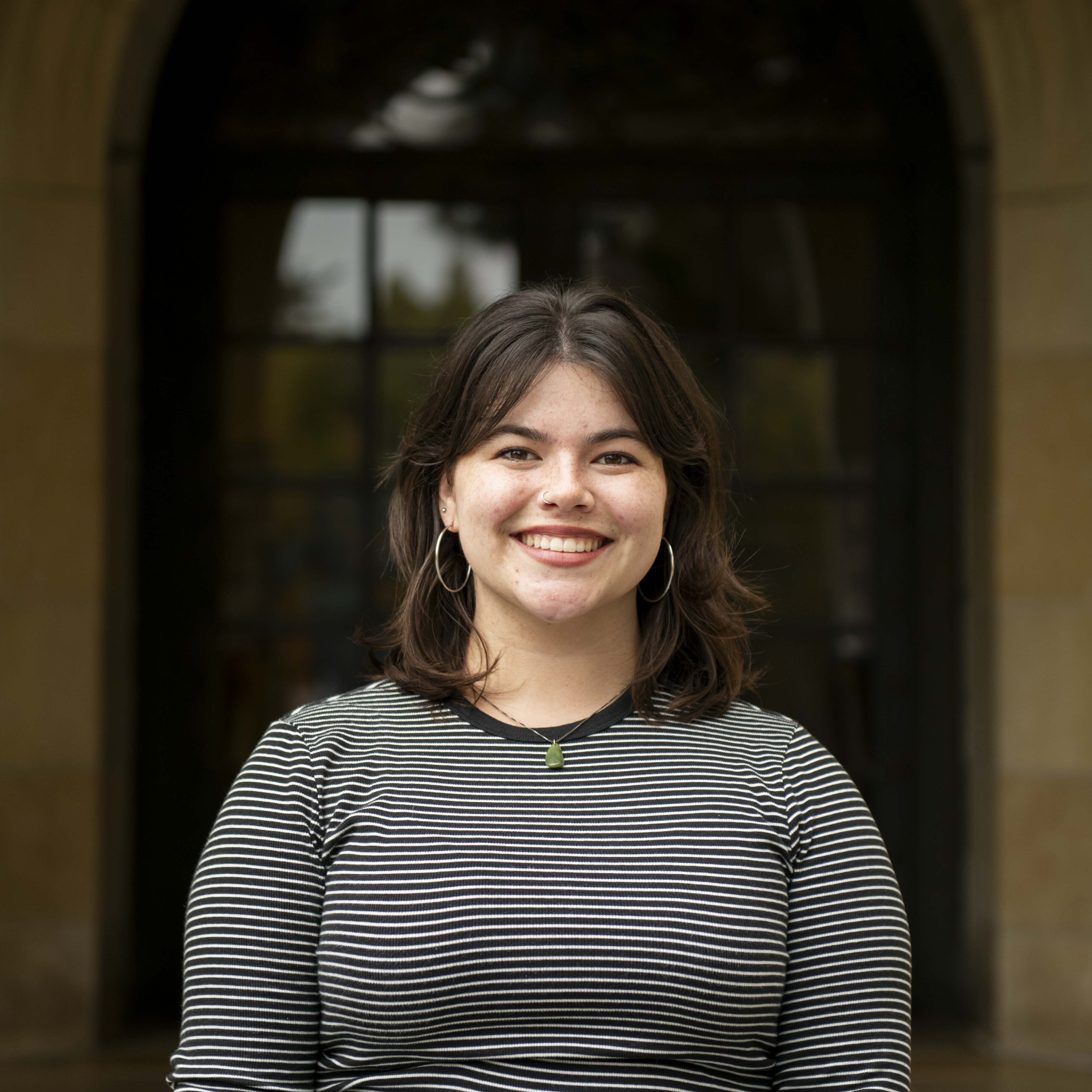LA Metro discusses costs of Sepulveda Transit Corridor alternatives at May meeting

Community meeting attendees hear a presentation about costs and scheduling for the Sepulveda Transit Corridor Project. The LA Metro plans to connect the Westside and San Fernando Valley through either a monorail or heavy rail transit route. (Gabrielle Gillette/Daily Bruin senior staff)

By Gabrielle Gillette
June 2, 2025 10:16 p.m.
Los Angeles Metro officials discussed preliminary costs and scheduling for the Sepulveda Transit Corridor Project at a May community meeting Thursday.
The meeting, held at the Westwood United Methodist Church, included information stations about the different stages of the Sepulveda Transit Corridor Project – a plan to expand accessible public transit from the San Fernando Valley to West LA through the Sepulveda Pass – as well as a presentation and Q&A session with LA Metro.
The Sepulveda Transit Corridor Project currently has five potential route and train options called “alternatives” that begin at the Van Nuys Metrolink station and will go to a station on the E line, which runs from East LA to downtown Santa Monica. The route will connect to various stops along the Sepulveda Pass.
Each alternative will have a stop on or near UCLA’s campus.
Connecting the Sepulveda Pass to the E line would provide Westwood residents with access to downtown Santa Monica and East LA, said Anthony Crump, Metro’s executive officer for community relations.
“It’s not just about connecting the valley and the Westside,” he said. “It’s also about connecting the valley and the Westside and the rest of Los Angeles County.”
The project is currently in its draft environmental impact report phase, in which Metro will evaluate the potential environmental impact of each alternative option, Crump said. The report was released Monday and will be followed by a public comment period to determine an alternative preferred by the local community to suggest to Metro.
“Tell your friends, tell your family, tell other people that this is something you think is important to Los Angeles,” Crump said. “Let’s hear your voices.”
A trip from West LA to the San Fernando Valley can take between 40 to 80 minutes by car and have unpredictable traffic, said Cecily Way, the countywide planning and development officer for Metro. The project aims to make that trip more accessible and reduce travel time for commuters, Way added.
The project also aims to improve air quality through ridership, as fewer people driving would lead to improvements in air quality, health, traffic and public safety, Way said. She added that the expected ridership would be around 63,000 to 124,000 people per day.
The alternatives range in cost from $15.4 billion for Alternative 1, an automated monorail train that would use an electric bus to connect to UCLA from the nearest station, to $24.4 billion for Alternative 6, a driver-operated heavy rail train with a stop at a station under campus, according to the presentation.
The project, Way said, is funded in part by public-private partnerships and Metro-managed funds, with some additional contingency funding. Each alternative varies in its funding model.
Way said the project’s team works closely with fire and police departments to evaluate each alternative and their considerations when it comes to wildfire safety.
Sam Siegel, a Luskin School of Public Affairs alumnus and attendee of the event, said he has been following the Sepulveda Transit Corridor Project for almost a decade, as the project began its planning process in 2017.
Siegel said it is important to execute the plan well, as transit planning is not just about the present and will impact the future development of the areas it reaches.
“This has been a planning dream for decades to have this valley-Westside connection,” Siegel said. “That access will benefit students tremendously.”
The access that the project provides will benefit the UCLA community as UCLA continues expanding into LA through its acquisitions in downtown LA, Rancho Palos Verdes and West LA, Siegel added. UCLA community members will be able to travel through the Sepulveda Corridor and connect to other metro lines more easily, he said.
Metro wanted to include a stop near UCLA because of UCLA’s status as a job, education and health care hub for the region, Way said.
She added that the project line would open up more options for housing for people who work around UCLA and could use the line to commute.
Siegel said the project would likely be impactful for Westwood because it would provide an outlet for more people to readily come to the village.
“It’s a very exciting opportunity, I think, for UCLA, for Westwood, for Los Angeles, but it’s also a very crucial moment to get this right,” Siegel said.


